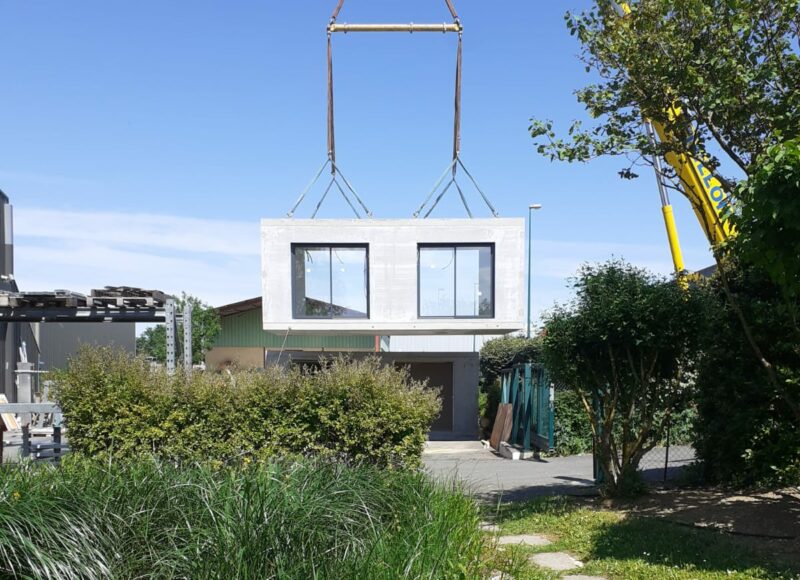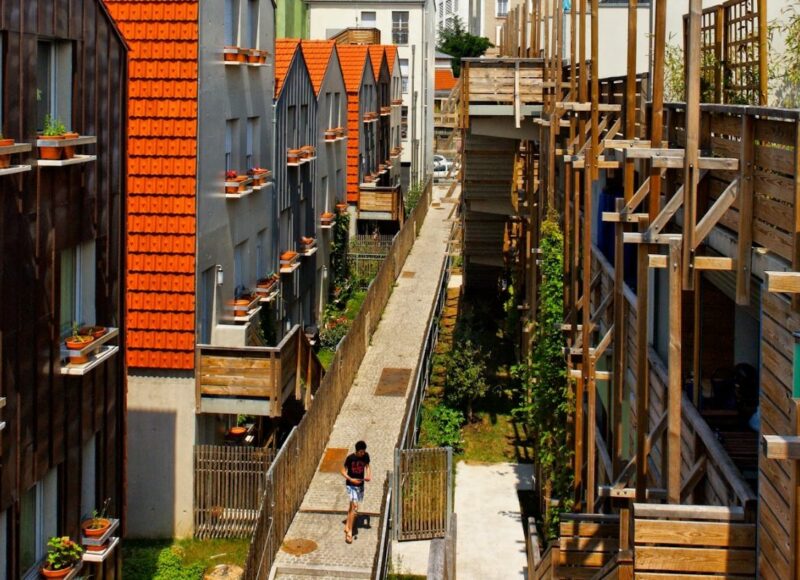31 May 2022
Joint interview: ecodesign applied to off-site construction
Forward-planning, cost control and performance management: the specific expertise and benefits of off-site construction are also an opportunity to improve a building’s environmental footprint. The design phase is longer and more important, which means that solutions that promote energy efficiency, recycling and the use of low-impact raw materials can be factored in upstream of a project, when these decisions have the most impact. David Damichey from Cubik-Home and Bruno Peuportier from MINES Paris PSL talked to us in this joint interview.
On the same subject
Life-cycle assessment is a method to assess the environmental impacts of buildings and infrastructures throughout their life cycle, from the extraction of raw materials through to their end-of-lifetime handling.
Learn more



